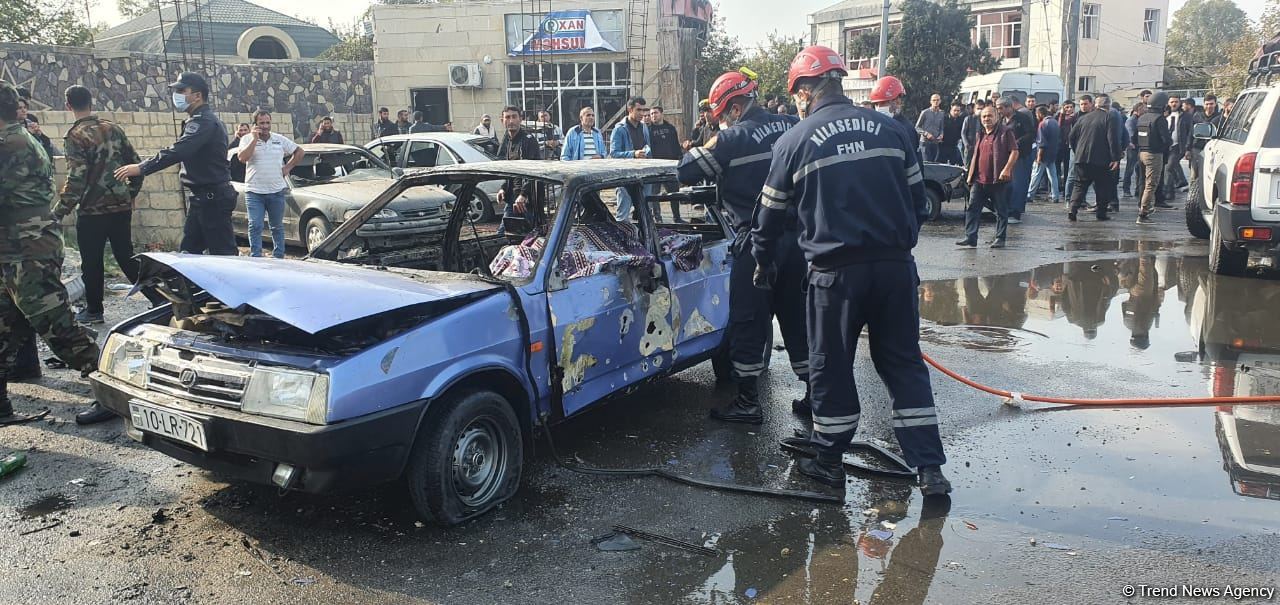BAKU, Azerbaijan, Oct. 30
Trend:
Human Rights Watch said on Oct. 30, 2020 that Armenian Armed Forces either fired or supplied internationally banned cluster munitions and at least one other type of long-range rocket used in an attack on Barda city, Trend reports citing the organization.
Human Rights Watch analyzed photos of cluster munition remnants taken by international and local journalists and residents at and near the attack scene. It identified two of the weapons as a Smerch cluster munition rocket and a Smerch parachute-retarded high-explosive fragmentation rocket. As far as Human Rights Watch is aware, Armenian forces possess Smerch multi-barrel rocket launchers. It is therefore likely that Armenian forces carried out the attack. Armenia should immediately cease using cluster munitions, the report said.
“There’s a reason these brutal weapons are banned by an international treaty, and using them in a city center shows flagrant disregard for civilian life and international law,” said Belkis Wille, senior crisis and conflict researcher at Human Rights Watch. “All countries should condemn using cluster munitions in the war over Nagorno-Karabakh and urge to stop using them.”
Human Rights Watch reviewed six videos and 28 photographs taken from the scenes of the attack and shared directly with researchers, as well as posted on social media. Human Rights Watch was able to verify the locations of two of the sites attacked by matching key landmarks in the photographs and videos with satellite imagery. One of the locations confirmed was less than 100 meters from Barda Central Hospital, the city’s largest fully functioning hospital.
Remnants of the distinctive warhead section of a Smerch cluster munition rocket and parts of unexploded 9N235 submunitions are visible in the pictures. They also show the remnants of another type of Smerch rocket that uses a unitary blast-fragmentation warhead with a parachute to control its descent before detonating above-ground. The blast and fragmentation damage at the attack scenes and the victims’ visible wounds are consistent with the blast and fragmentation effect from these weapons.
"Cluster munitions are banned under an international treaty because of their widespread indiscriminate effect and long-lasting danger to civilians. They typically explode in the air and send dozens, even hundreds, of small bomblets over an area the size of a football field. Cluster submunitions often fail to explode on initial impact, leaving duds that act like landmines," the organization said.






